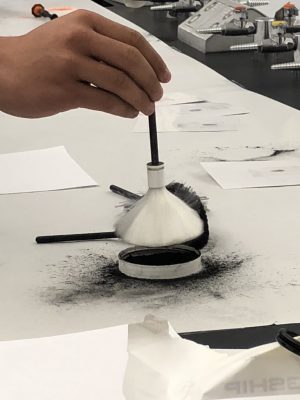New Study Reveals Ozone’s Hidden Toll on America’s Trees
A new nationwide study reveals that ozone pollution—an invisible threat in the air—may be quietly reducing the survival chances of many tree species across the United States. The research, published in the Journal of Geophysical Research: Atmospheres is the first…


 DNA is everywhere—not just in bodily fluids, such as blood or saliva, but also in traces left by the touch of a finger. If more than one person has been sitting at the same table, for example, traces of each person’s DNA will be left behind and become co-mingled.
DNA is everywhere—not just in bodily fluids, such as blood or saliva, but also in traces left by the touch of a finger. If more than one person has been sitting at the same table, for example, traces of each person’s DNA will be left behind and become co-mingled.